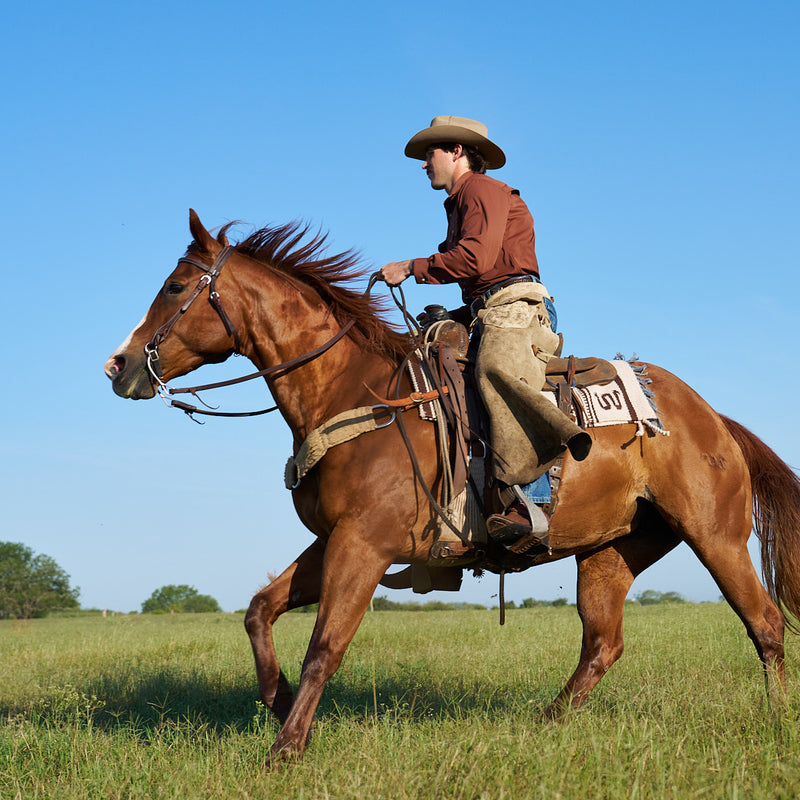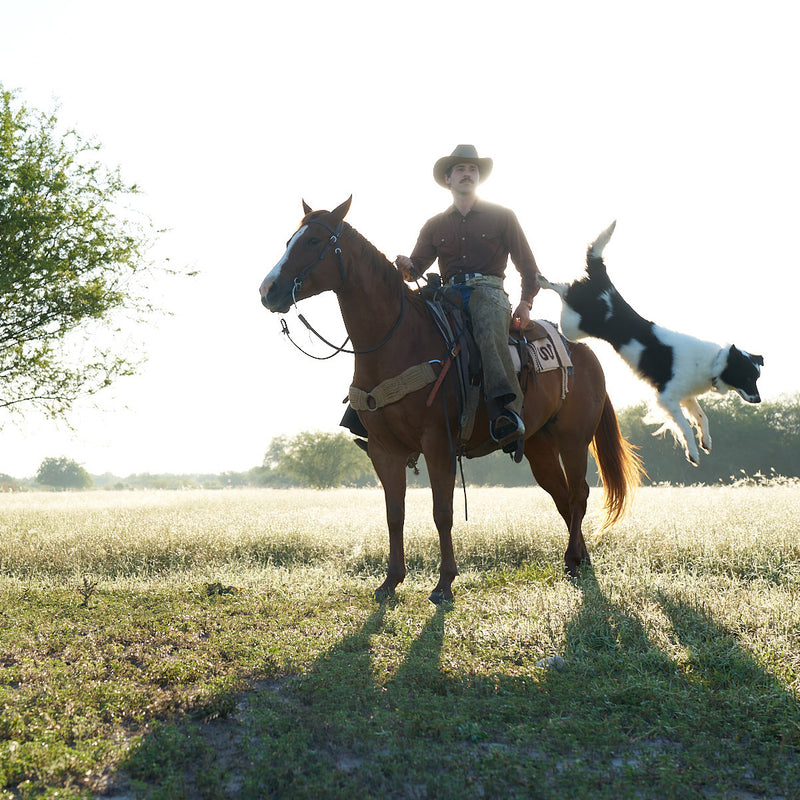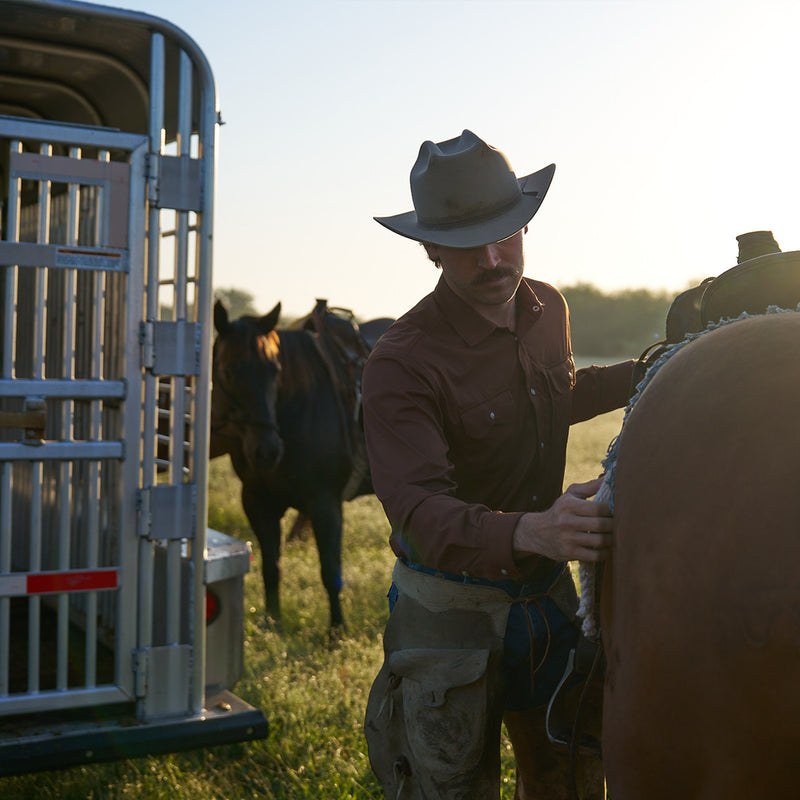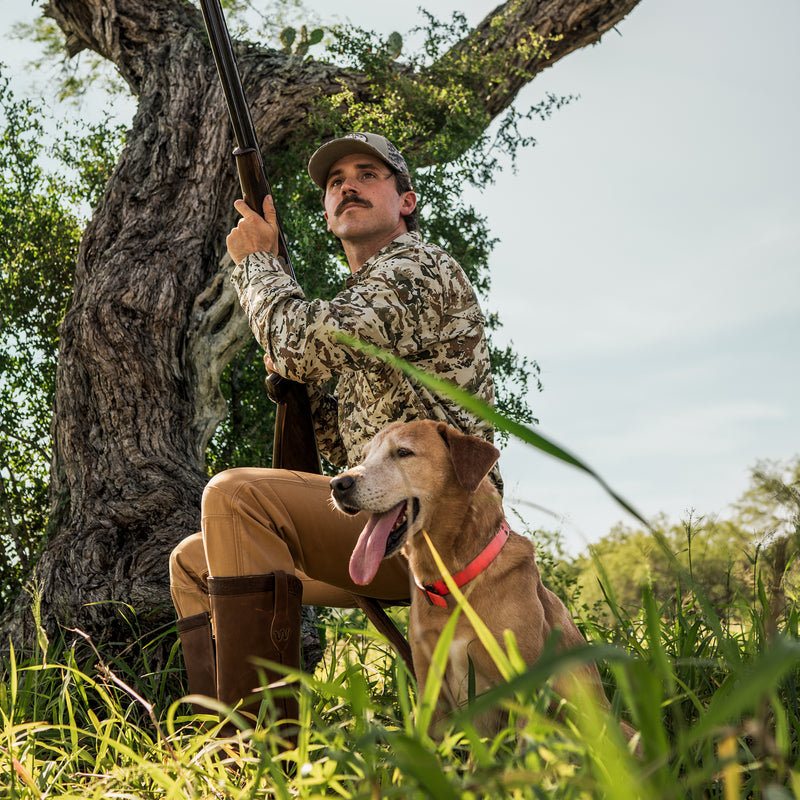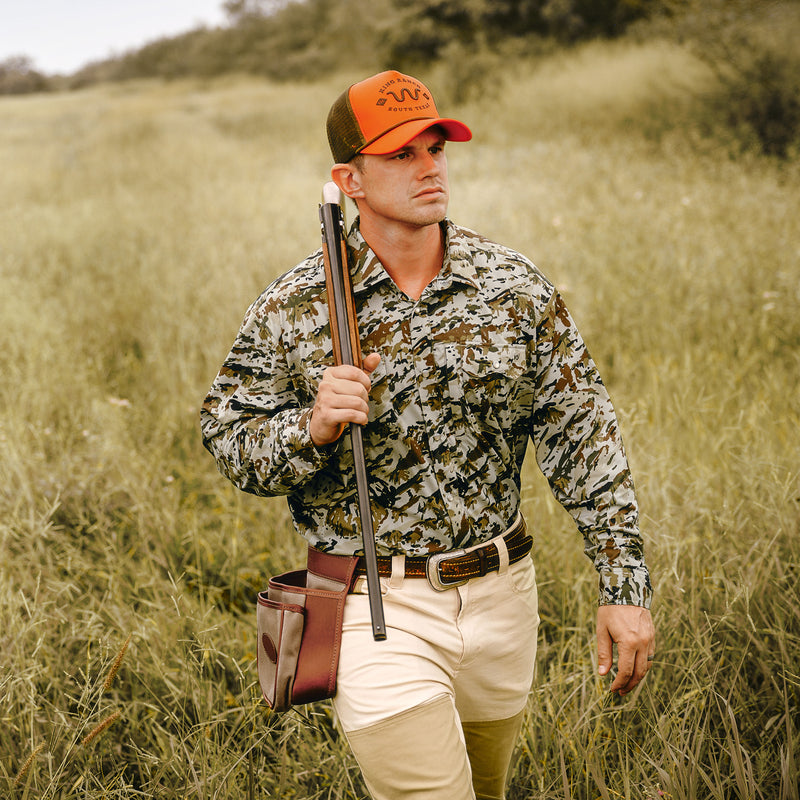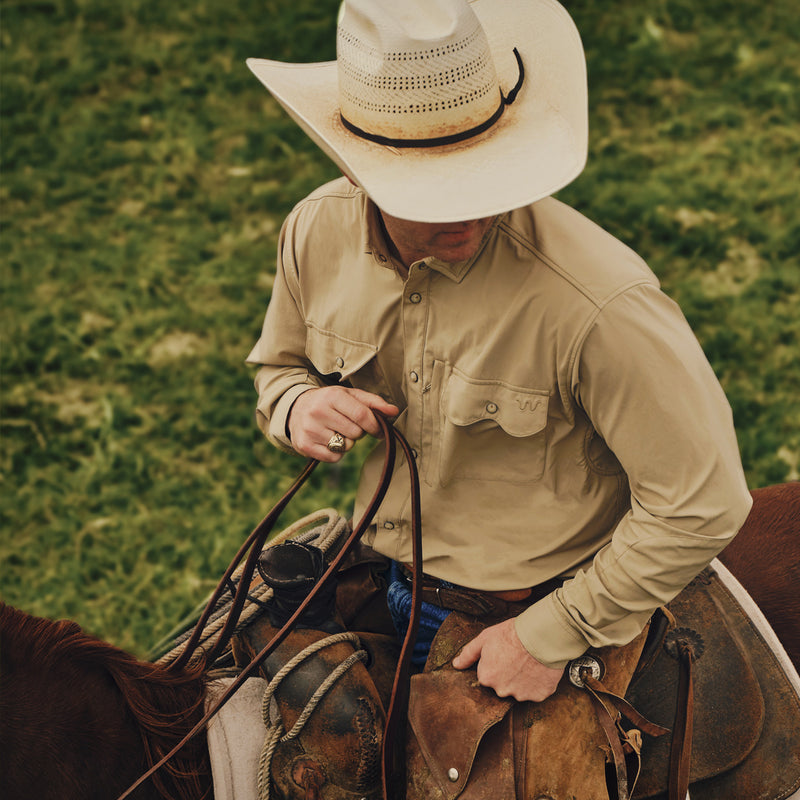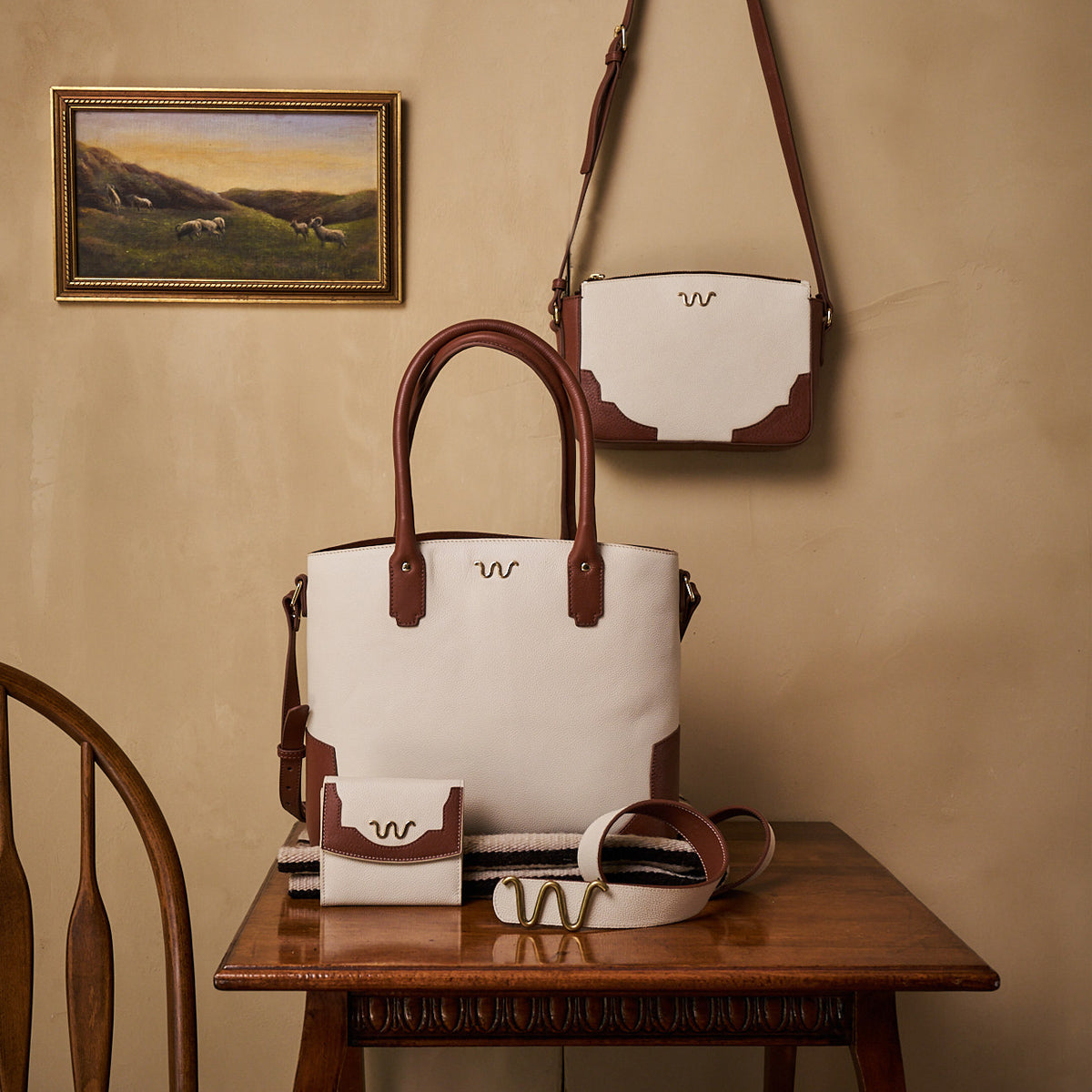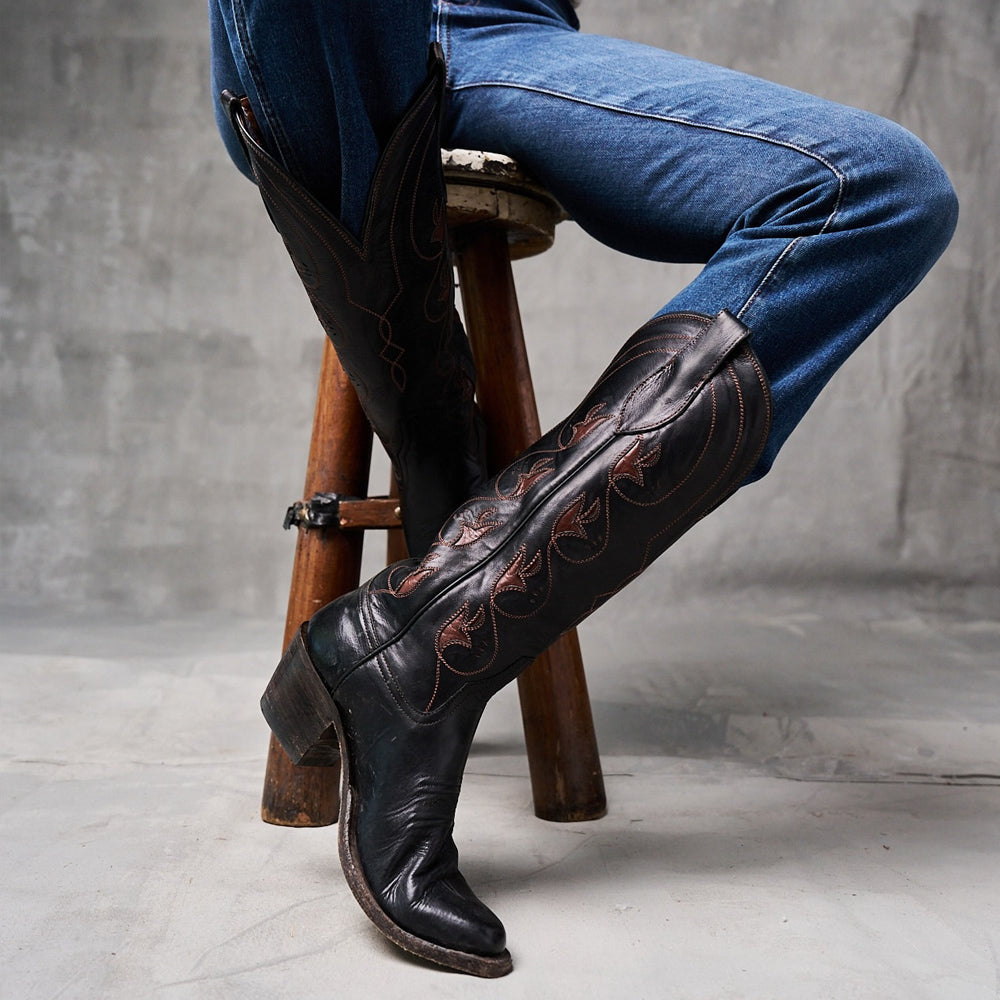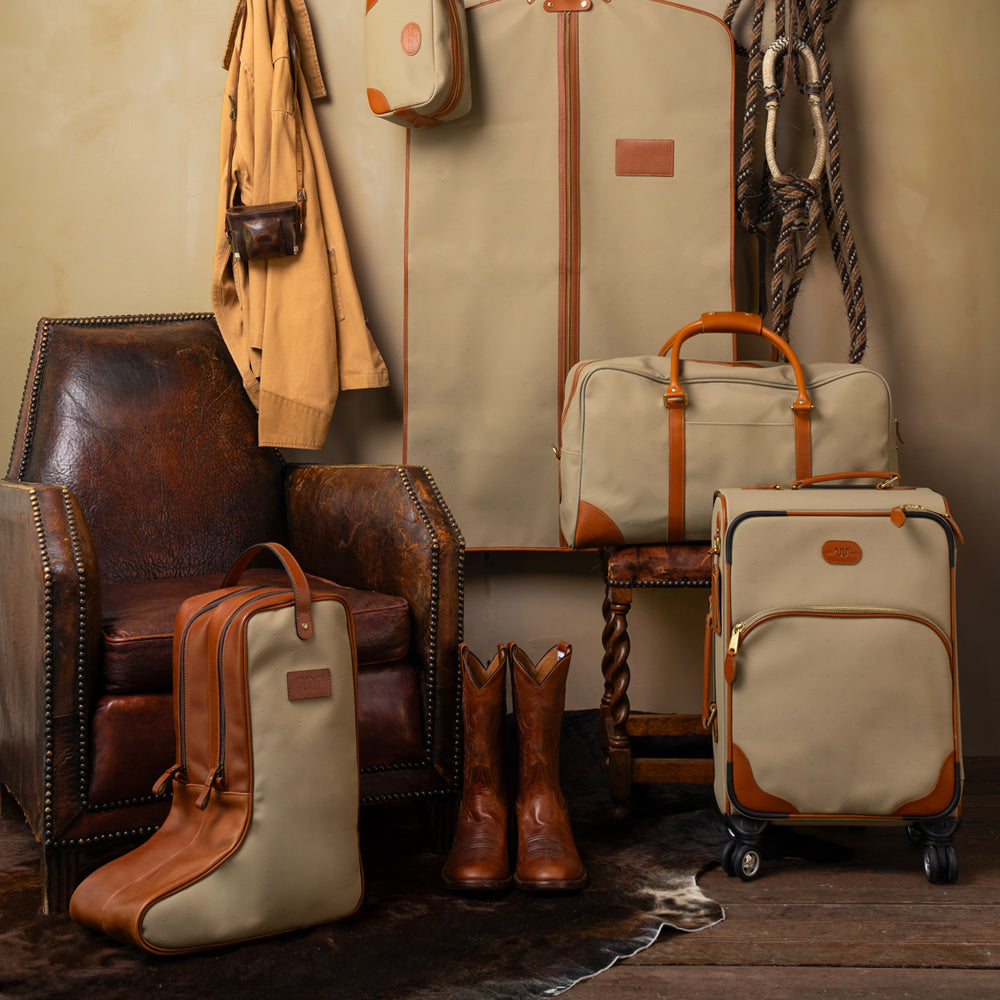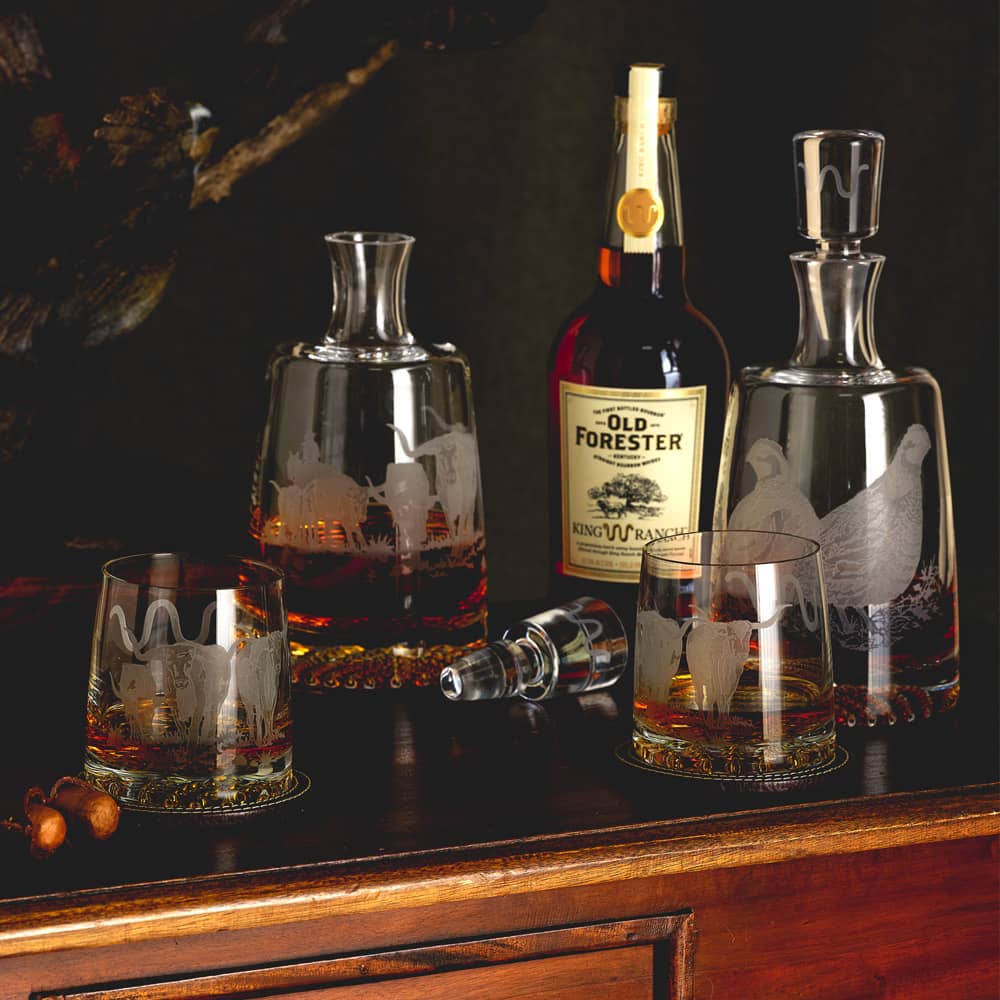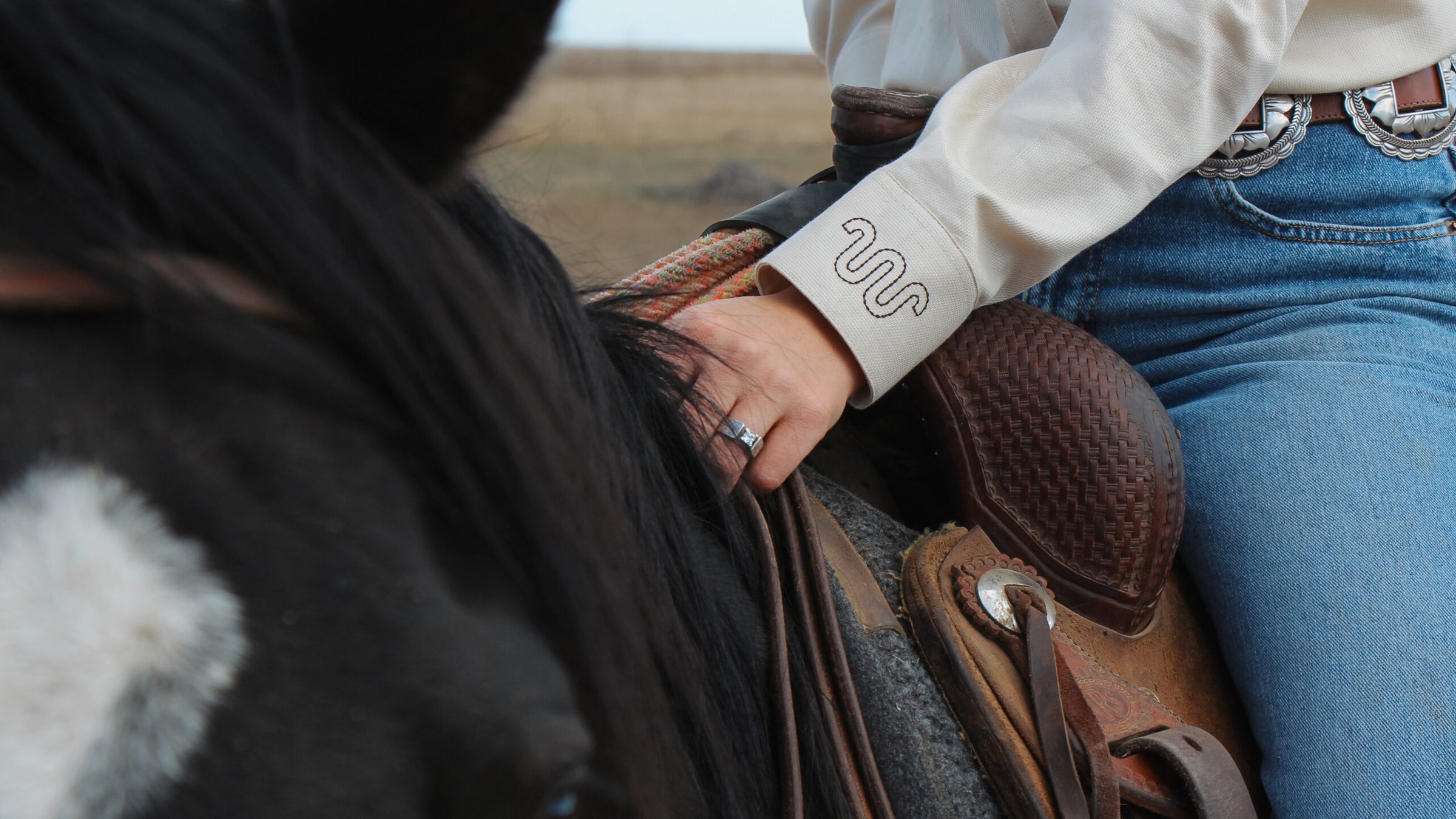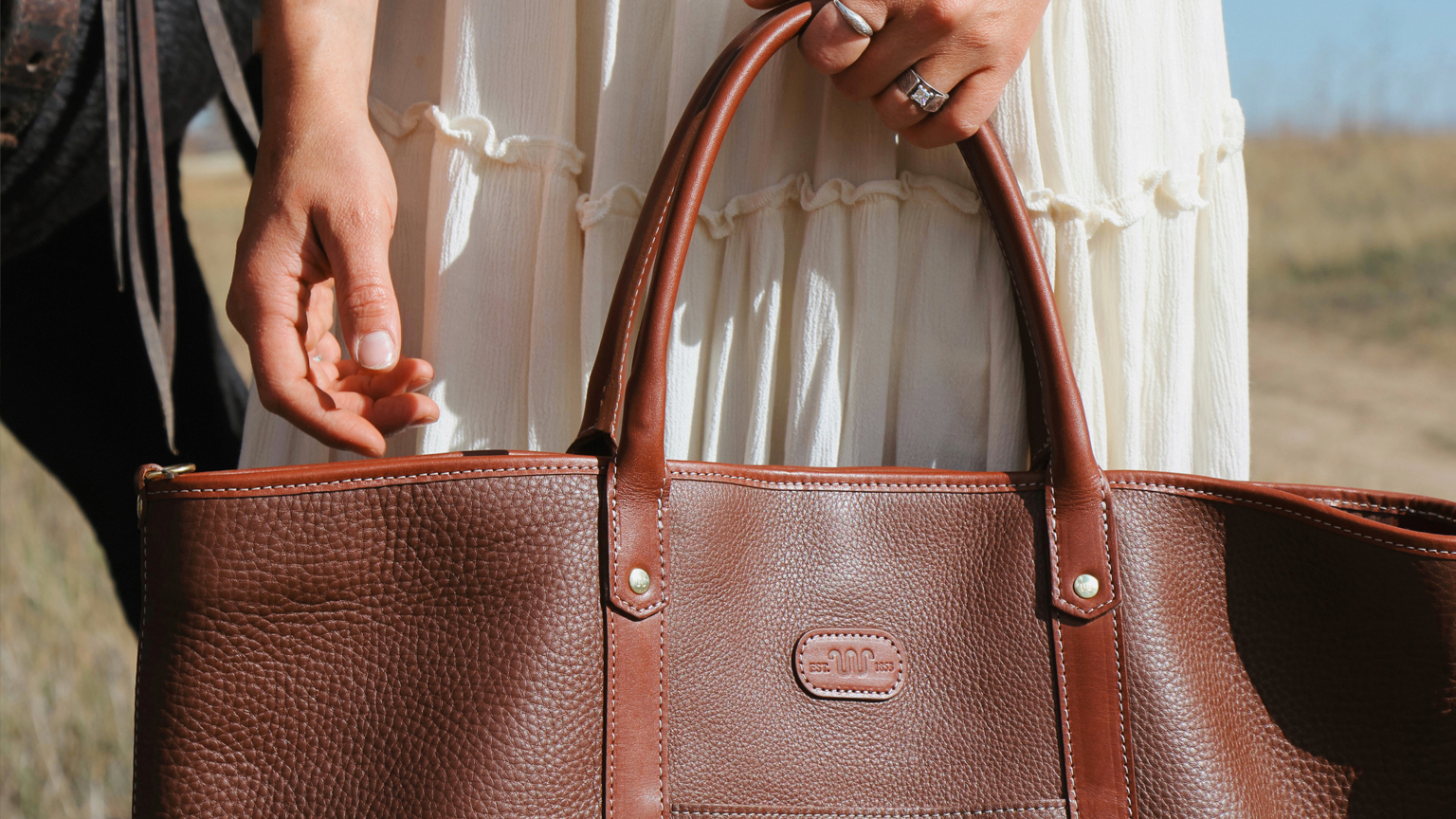Growing up in Texas, ‘King Ranch’ was a frequently spoken name, whether you were in a pasture working cattle, a smokey bar, or playing a game of golf at the country club. It is after all, one of the most famous ranches in the world. Its extreme size and rich history are just a part of what makes the ranch legendary. The King Ranch has propagated its own championship cattle and quarter horses, and is the foundation of many quality breeding programs.
A large reason why the ranch is special to me goes all the way back to where my interest and love for horses really began. After a spinal injury that put my sports activities on pause, there was not much to do in a small town. If you’re visually looking for an activity, instead of buildings filled with arcades and roller rinks, your gaze will probably only be met with cattle and horses grazing in the field. That’s exactly what greeted me.









